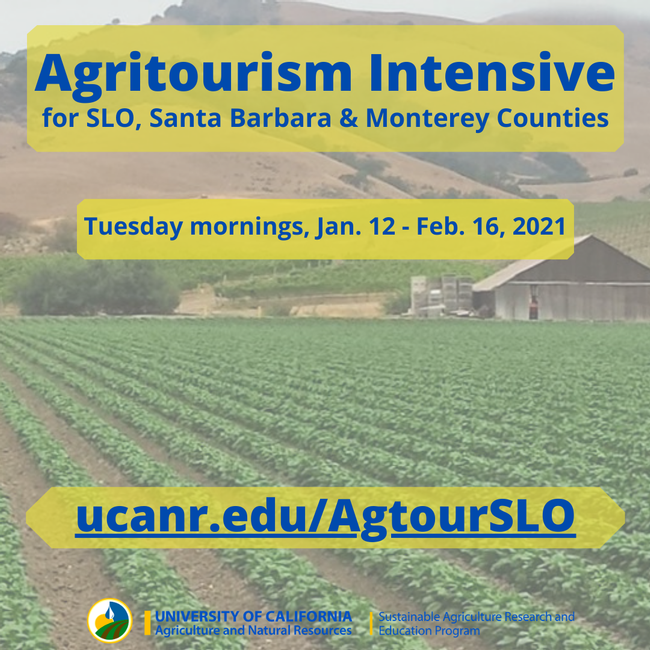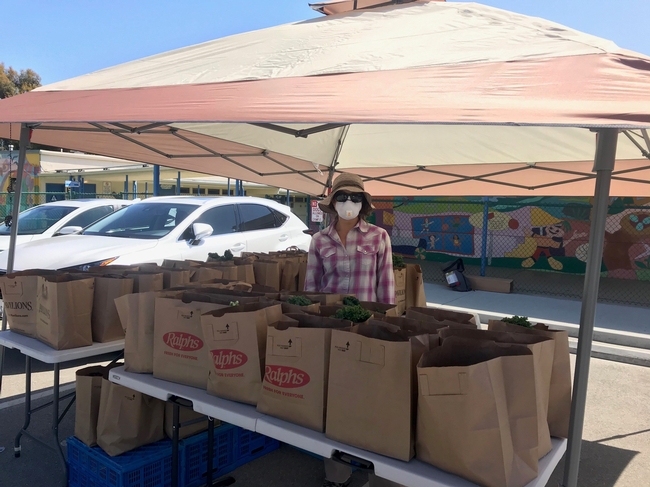
Posts Tagged: development
Bee Flight
In the earliest days of human flight, before the invention of the first radio beacons and ground-based electronic systems, and modern GPS, pilots commonly navigated by following roads and railways – striking linear landscape elements at ground level that guide towards a destination of interest.
Enter the honeybee. A century of research has shown that honeybees are navigators par excellence. They can navigate by their sense of smell, the sun, the sky's pattern of polarized light, vertical landmarks that stand out from the panorama, and possibly the Earth's magnetic field. They are also clever learners, able to recognize associations between disparate memories in order to generalize rules.
Now, scientists have shown that honeybees tend to search for their way home by orienting themselves in relation to the dominant linear landscape elements, just like the first pilots. The results are shown in Frontiers in Behavioral Neuroscience.
Dr Randolf Menzel, an emeritus professor at the Department of Neurobiology of the Free University of Berlin, and the study's lead author, explained: “Here we show that honeybees use a ‘navigation memory', a kind of mental map of the area that they know, to guide their search flights when they look for their hive starting in a new, unexplored area. Linear landscape elements, such as water channels, roads, and field edges, appear to be important components of this navigation memory.”
Tiny transponder
In late summer of 2010 and 2011 near the village of Klein Lüben in Brandenburg, Menzel and colleagues caught 50 experienced forager honeybees and glued a 10.5-mg transponder on their back. They then released them in a new test area, too distant to be familiar to the bees. In the the test area was a radar, which could detect the transponders at a distance of up to 900 meters. The most notable landmark in the test area was a pair of parallel irrigation channels, running southwest to northeast.
When honeybees find themselves in unfamiliar territory, they fly in exploratory loops in different directions and over different distances, centered on the release spot. With the radar, the researchers tracked the exact exploratory flight pattern of each bee for between 20 minutes and three hours. The bees flew at up to nine meters above the ground during the experiment.
The researchers had collected foragers from five hives: the home area around hives A and B resembled the test area in terms of the number, width, length, and angle of linear landscape elements, especially irrigation channels. The home range around hives D and E was highly dissimilar in this regard, while the home area around hive C was intermediate in similarity to the test area. Other landmarks by which honeybees are known to find their way, such as structured horizons or vertical elements that stand out, were absent in the test area.
Non-random search pattern
Menzel et al. first simulated two sets of random flight patterns, centered on the release spot, and generated with different algorithms. Since the observed flight patterns were highly different from these, the researchers concluded that the honeybees didn't simply conduct random search flights.
The researchers then used advanced statistics to analyze the orientation of flights and their frequency of flying over of each 100 x 100 meter block within the test area. They showed that the honeybees spent a disproportionate amount of time flying alongside the irrigation channels. Analyses showed that these continued to guide the exploratory flights even when the bees were more than 30 meters away, the maximum distance from which honeybees are able to see such landscape elements. This implies that the bees kept them in their memory for prolonged periods.
“Our data show that similarities and differences in the layout of the linear landscape elements between their home area and the new area are used by the bees to explore where their hive might be,” said Menzel.
Navigational memory
Importantly, machine learning algorithms showed that the irrigation channels in the test area were most informative for predicting the exploratory flights of bees from hives A and B, less so for bees from hive C, and least for bees from hives D and E. This suggests that the bees retained a navigational memory of their home area, based on linear landscape elements, and tried to generalize what they saw in the test area to his memory to find their way home.
“Flying animals identify such extended ground structures in a map-like aerial view making them highly attractive as guiding structures. It is thus not surprising that both bats and birds use linear landmarks for navigation. Based on the data reported here we conclude that elongated ground structures are also salient components of the honeybees' navigation memory,” concluded the authors.

honey bee in avocado
Steps Closer to Controlling HLB
by koestoyo
University of Florida researchers publish award-winning findings on orange grove design to produce fruit under HLB
FORT PIERCE, Fla.— The American Society for Horticultural Science will honor University of Florida scientists for new guidelines citrus growers may apply to their operations. The researchers study ‘Valencia' orange production while trees are under the most serious citrus disease worldwide.
“The 7-year study broke new ground on data we provide to local citrus growers who remain in business despite huanglongbing, or HLB,” said Ronald D. Cave, Director of the University of Florida Institute of Food and Agricultural Science's Indian River Research and Education Center in Fort Pierce (UF/IFAS-IRREC).
A few of the findings citrus growers may employ immediately from the study are:
• High-density plantings produce more fruit—from 86% up to 300% more than trees not planted in high-density configurations under HLB.
• The study showed that advanced management practices that included high tree density, fertigation, and drip irrigation led to higher fruit yield.
• Additional research is needed to determine optimal fertilization rates for high-density sweet orange orchards under HLB-endemic conditions
The award-winning publication, “Sweet Orange Orchard Architecture Design, Fertilizer, and Irrigation Management Strategies under Huanglongbing-endemic Conditions in the Indian River Citrus District,” appears in the December 2020 issue science of the scientific journal HortScience. The paper describes the scientists' hypothesis, the entire research procedure, outcomes, and recommendations for further research.
Members of the American Society for Horticultural Science (ASHS) Fruit Publication Selection Committee wrote about the paper's significance. “Huanglongbing, also known as citrus greening, affects all citrus cultivars and causes serious tree decline. It is currently a major threat to the citrus industry. The results can influence the whole citrus industry to deal with HLB including orchard architecture design, fertilizer, and irrigation management strategies.”
Rhuanito “Johnny” Ferrarezi and his colleagues conducted experiments to determine the variables that promote healthy fresh fruit harvests with the presence of HLB. Ferrarezi, along with fellow professors Mark Ritenour and Alan Wright, will accept the “Outstanding Fruit Publication Award” for papers published in 2020 at the ASHS annual meeting awards ceremony in Denver, Colorado, Aug. 6. Ferrarezi is an Assistant Professor of Citrus Horticulture; Ritenour, Professor of Postharvest Technology; Wright, Professor of Soil and Water Science.
Others who contributed to the research and the award-winning publication are Arun D. Jani, a post-doctoral research assistant; Thomas James III, who manages citrus research groves; and Cristina Gil, an agricultural research assistant.
“We strive to keep citrus growers in business even though HLB is reducing the profitability of infected trees over time,” said Ferrarezi. “The point is to sustain younger trees for a number of harvests to produce the healthy, delicious fruit that made the Indian River District famous.”

citrus orchard florida
Another Type of Farming
Agritourism Intensive 2021; Virtual class starts soon in SLO County
University of California Sustainable Agriculture Research and Education Program (UC SAREP) and UC Cooperative Extension have partnered with SLO Farm Bureau, FARMstead ED, SLO Farm Trail, Visit SLO CAL, Paso Robles Wine Country Alliance, SLO County Small Business Development Center, experienced local agritourism operators and other local partners to offer a six-session agritourism planning course for farmers and ranchers in SLO County and the central coast region. Farmers and ranchers who are considering, starting or expanding agritourism or nature tourism enterprises on their farms or ranches are invited to register for this low-cost participatory course.
Agritourism is a commercial enterprise at a working farm or ranch conducted for the enjoyment and education of visitors, and that generates supplemental income for the owner or operator. Agritourism can include farm stands or shops, U-pick, farm stays, tours, on-farm classes, workshops, tasting rooms, fairs, festivals, pumpkin patches, corn mazes, Christmas tree farms, winery weddings, orchard dinners, youth camps, barn dances, hunting or fishing, guest ranches, and more.
“Agricultural operations in the Central Coast region can offer visitors a diversity of natural beauty and unique experiences with local farmers and ranchers. It can be difficult for small-scale farmers and ranchers to make a living when dealing with production challenges, uncertainty and lack of economies of scale. Our workshops will give agricultural producers contacts and tools to understand regulatory requirements and to develop and market their agritourism enterprises, adding to their income and helping spread the risk of tough production years,” said Penny Leff, UC SAREP Agritourism Coordinator.
Participants will evaluate their own farms or ranches for agritourism potential and consider the costs and potential benefits of various activities. Each will receive the UC ANR published handbook, “Agritourism and Nature Tourism in California,” which will be used as the text for the class. Attendees will hear from experienced agritourism operators and experts in business planning, risk management, regulatory compliance and marketing. Class instructors will provide individual guidance and help participants form a supportive network as they plan their own agritourism or nature tourism businesses.
Registration is now open.
Important: The SLO region Agritourism Intensive classes is open only to farmers, ranchers and others involved in or planning agritourism in San Luis Obispo, Monterey and Santa Barbara Counties.
Registration:http://ucanr.edu/agtourslo
Format: 6 participatory 2-hour Zoom meetings, every Tuesday from January 12, 2021 through February 16, 2021, 9 a.m. to 11:00 a.m. each day (with a possible in-person field day Jan. 26). Shared zoom participation will be available at the SLO Farm Bureau office for those with poor internet access.
Workshop fee: $40 (for 6 class sessions, including class text mailed to each participant)
Information & scholarship options: Penny Leff, paleff@ucanr.edu, 530-902-9763 (cell)

agritourism image
Grower Assistance Program
|
|
|
|
|
|

usda marketing
Resources you can use: food access; farm and food safety; gardening and more
University of California researchers and program staff are working to answer questions and provide information and resources relating to the food system and COVID-19.
Learn about how coronavirus is impacting the food supply chain in this piece written by UC specialists and agricultural and resource economists Ellen M. Bruno (UC Berkeley); Richard J. Sexton (UC Davis); and Daniel A. Sumner (UC Davis). A key conclusion? "The food system in the United States is resilient and there is little reason for alarm about food availability."
PPE is in short supply for farm work. Some recommendations are provided here.
Resources to help with food access and safety
- Find meals for kids in your community.
- Find food bank resources in your area.
- Have questions about COVID-19 and food safety? Check out our FAQ sheet.
Interested in gardening? Check out these free resources.
- Take a look at our 4-H Vegetable Gardening Project sheet.
- We also recommend our 4-H Water Conservation Project sheet, which provides engaging, science-based activities the entire family can enjoy. 4-H is one of the oldest youth development programs in the nation and we'll be sharing other educational resources in upcoming posts. #Head #Heart #Hands #Health.
- Visit the California Garden Web, designed by our UC Master Gardeners. You'll find a wealth of gardening information and a helpful glossary.
ICYMI: New, weekly blog series. Our Director, Dr. Annemiek Schilder, has begun a series of blog posts providing observations about the natural world. These are terrific and educational pieces that are great for the home classroom. Bonus? Beautiful, well-captioned photos that help tell the story. #STEM
Wondering how to be happy in quarantine? There's a science-backed answer, according to UC Riverside researchers who have been studying people under quarantine in China. They say the best protection against COVID-19 stress is "to participate in all-consuming activities." Read more here.
We're all in this together. UC HAREC provided 85 bags of kale, carrots, beets and lettuce from the field trip garden and tangerines from the farm to share with Ventura Unified School district families at one of their school meal pick up sites. #UCHAREC #VCStrong



